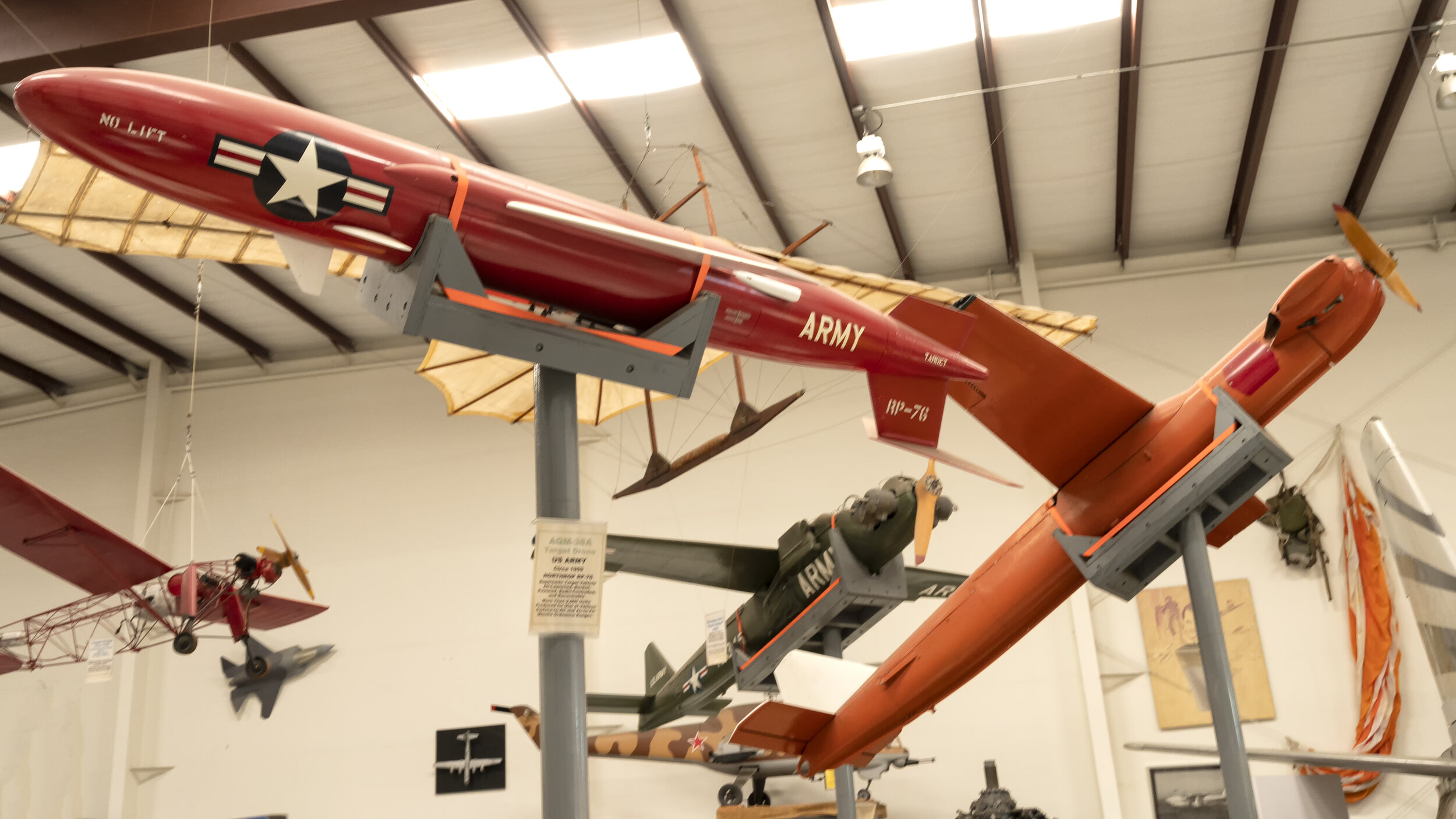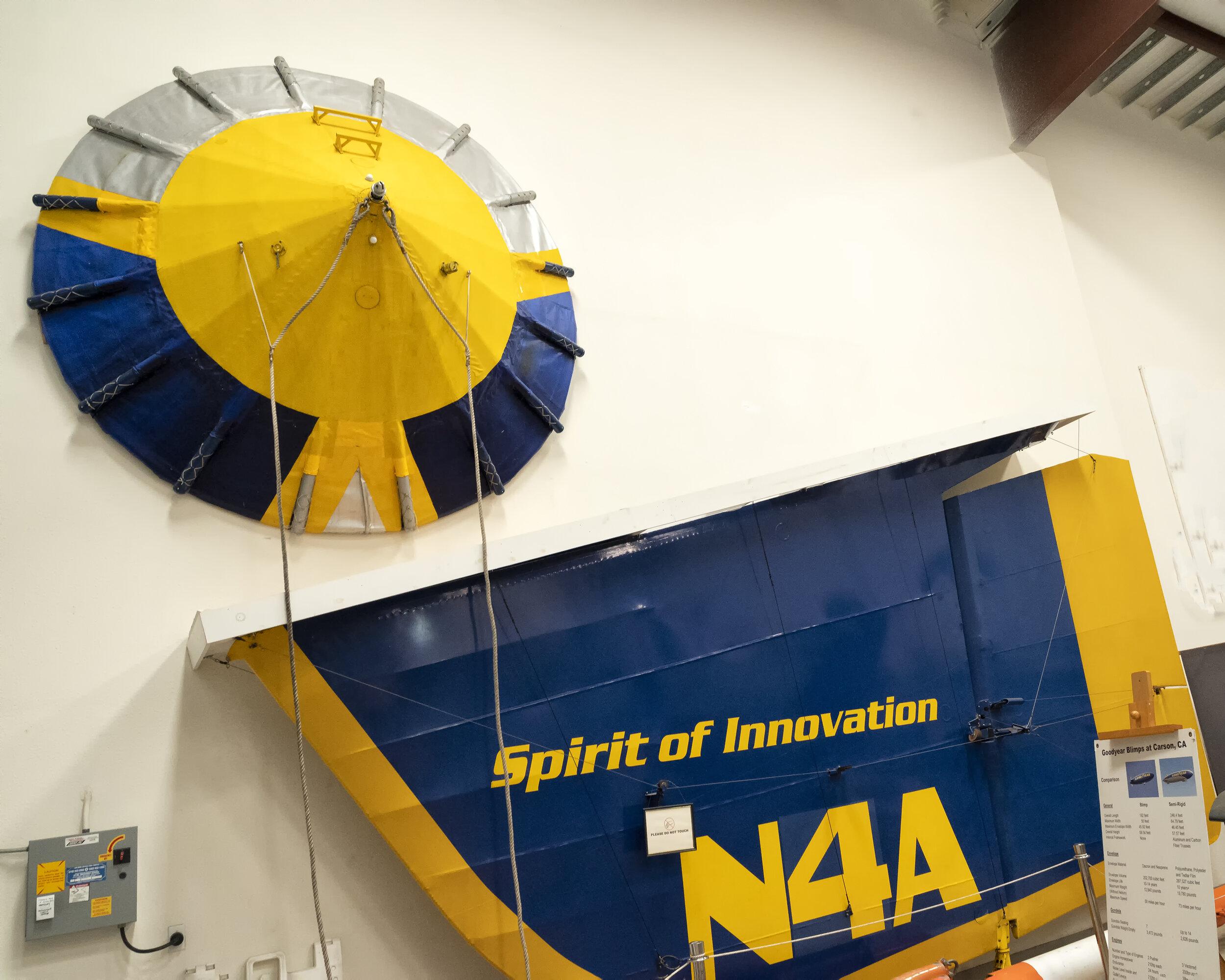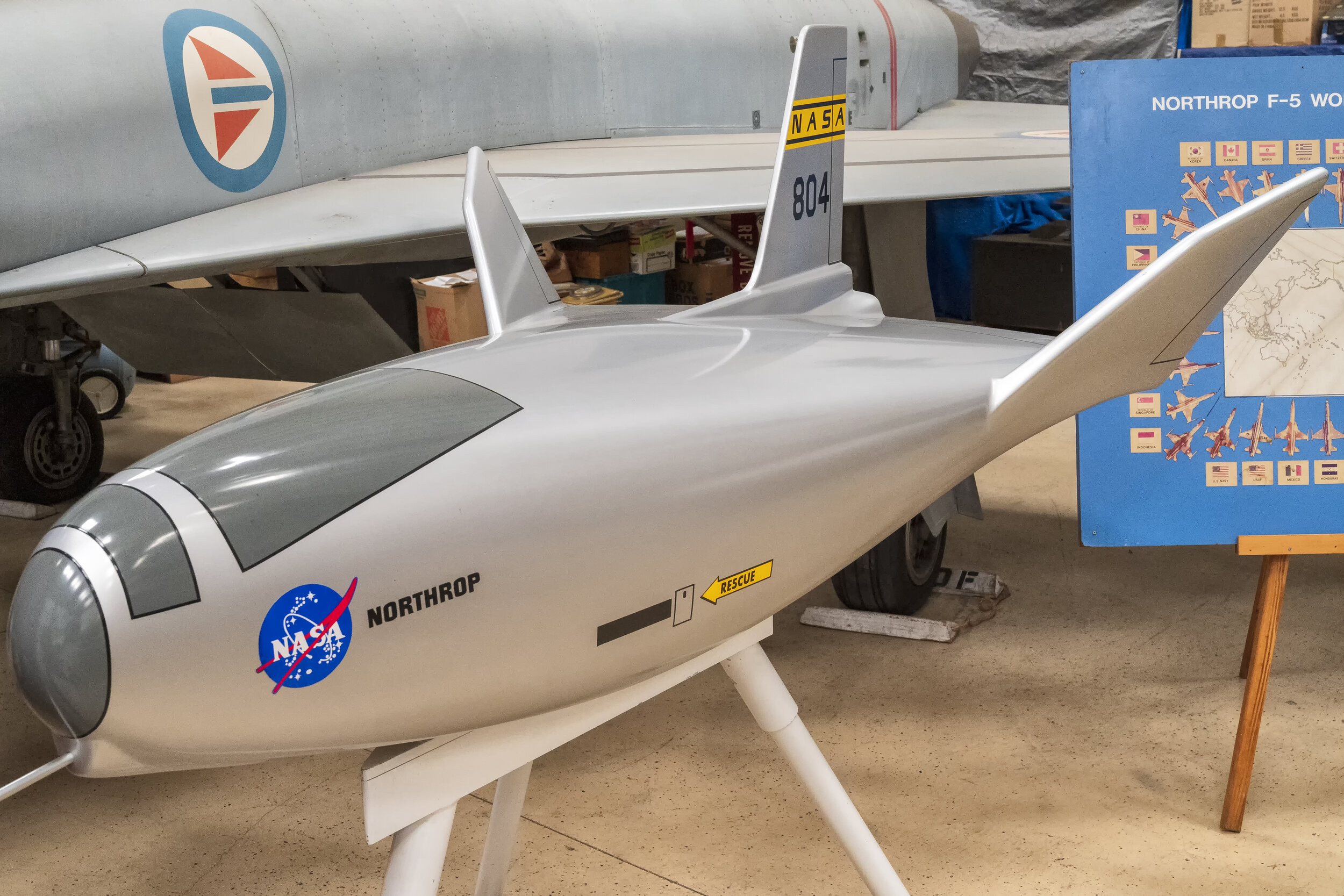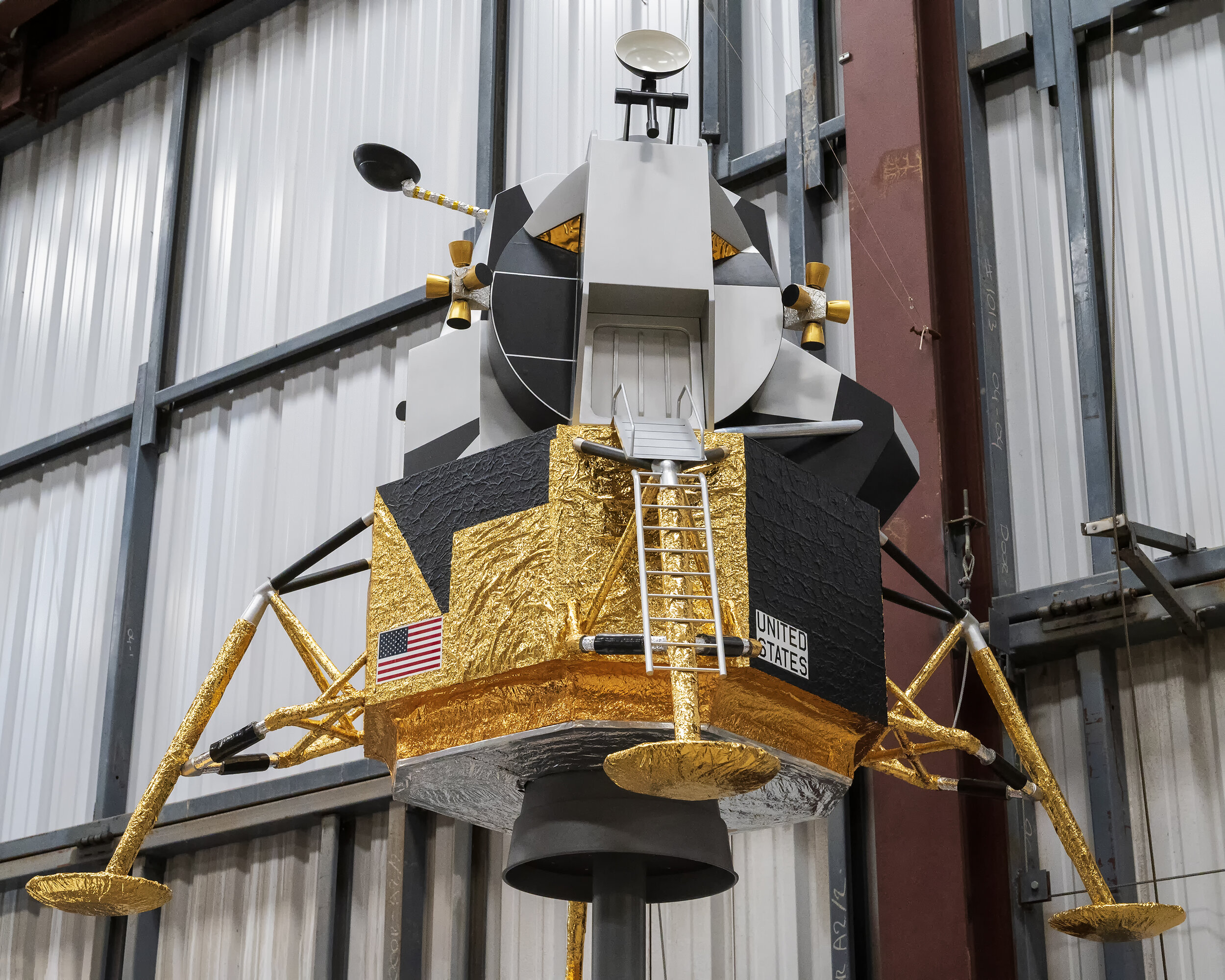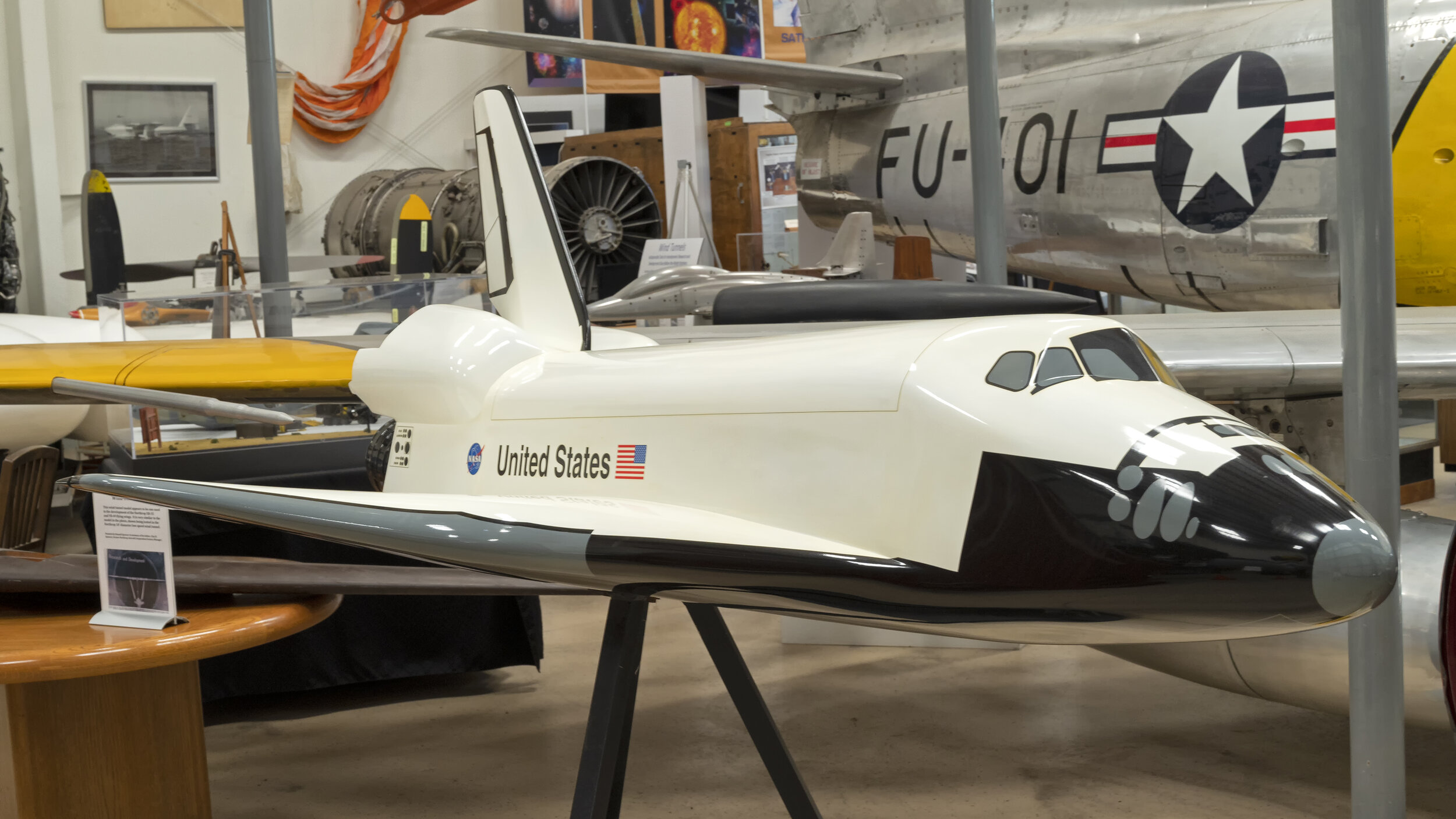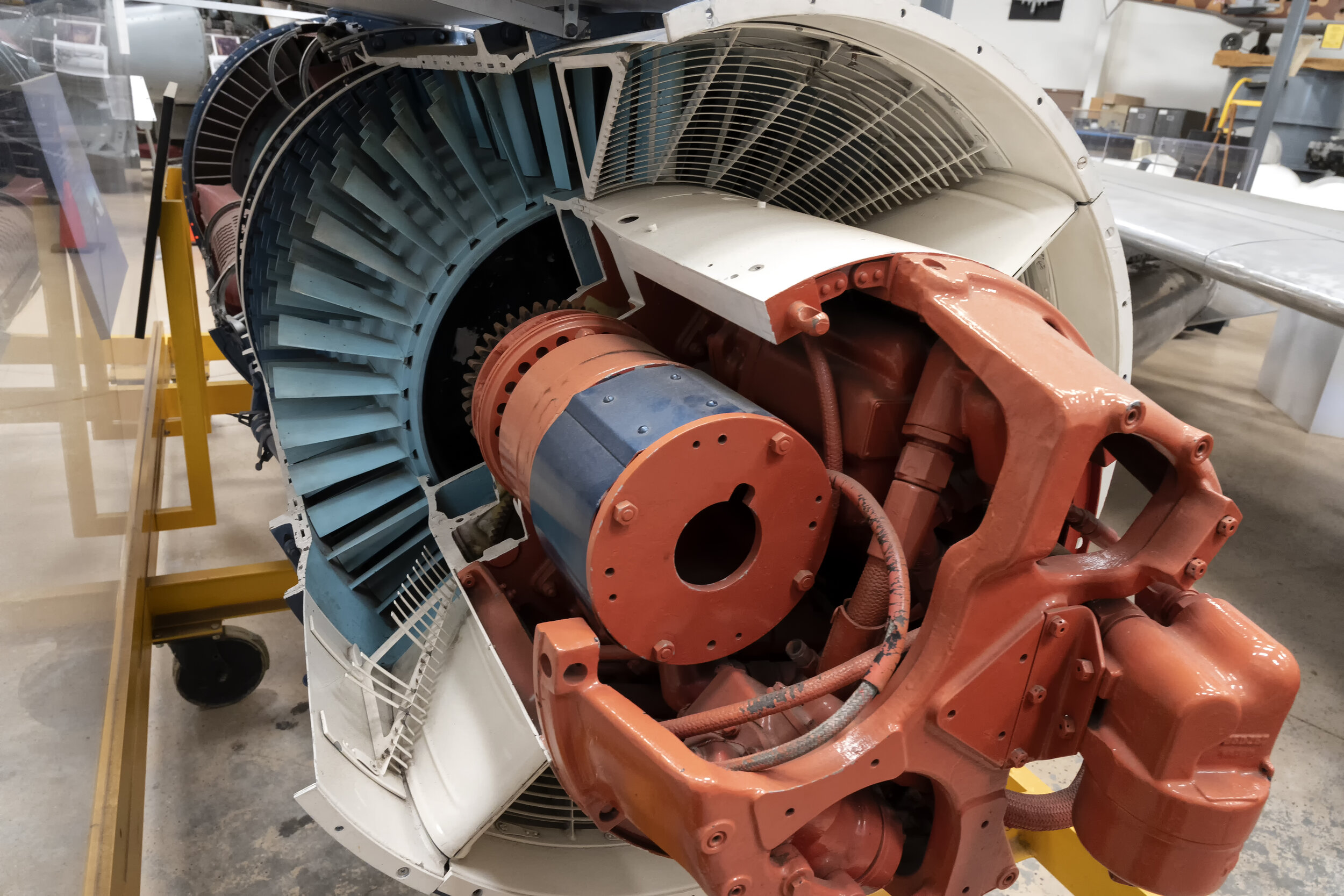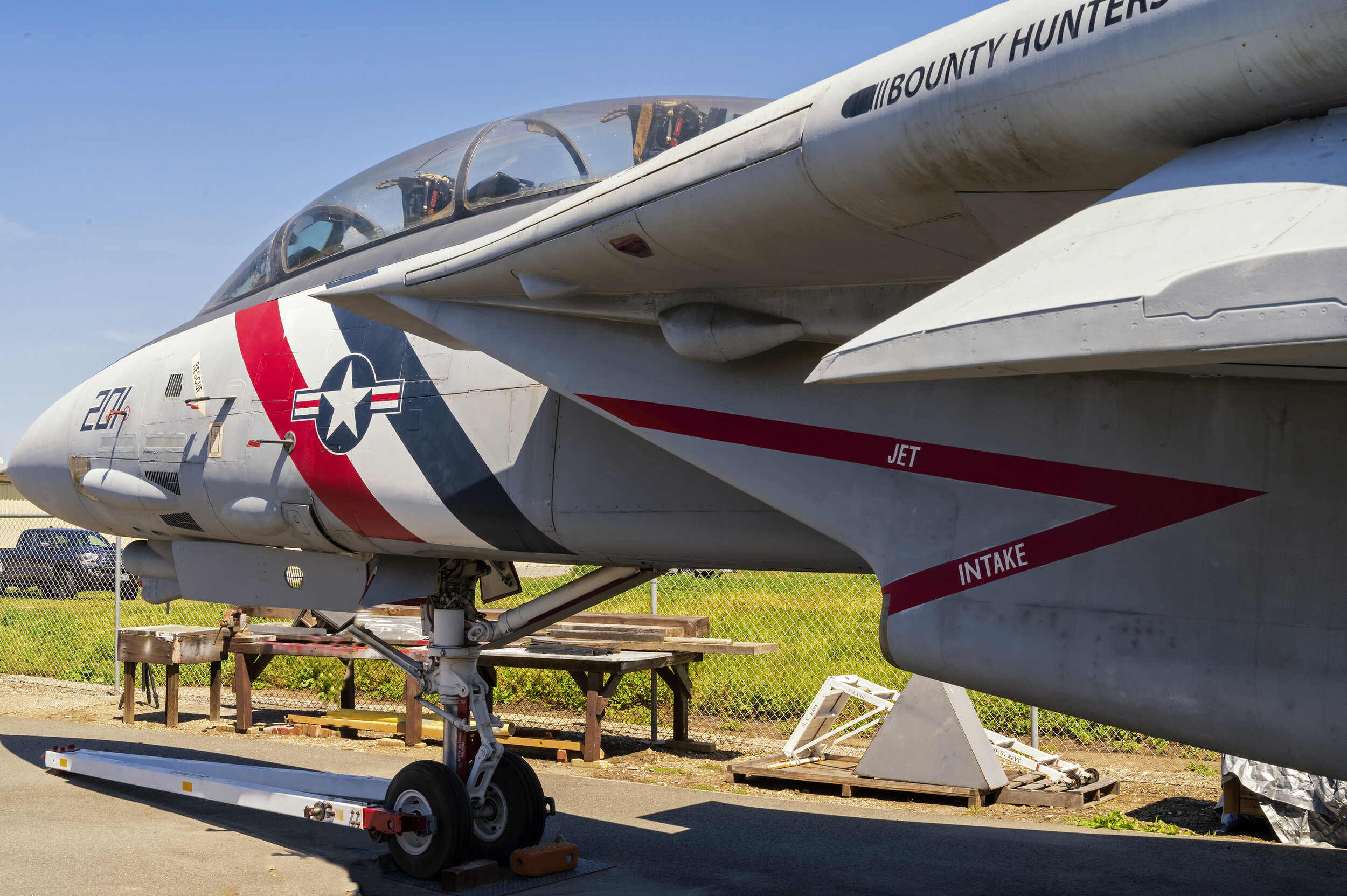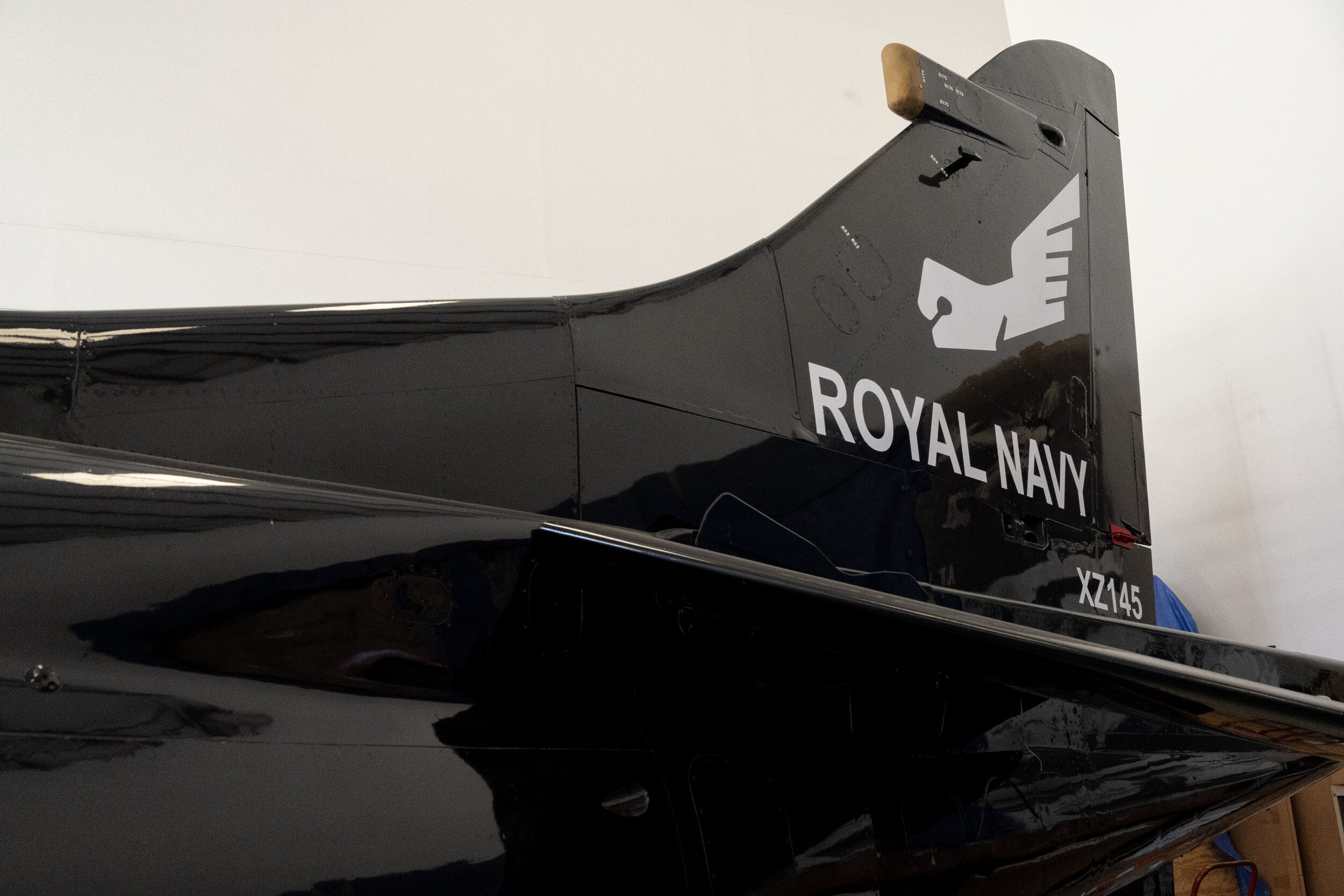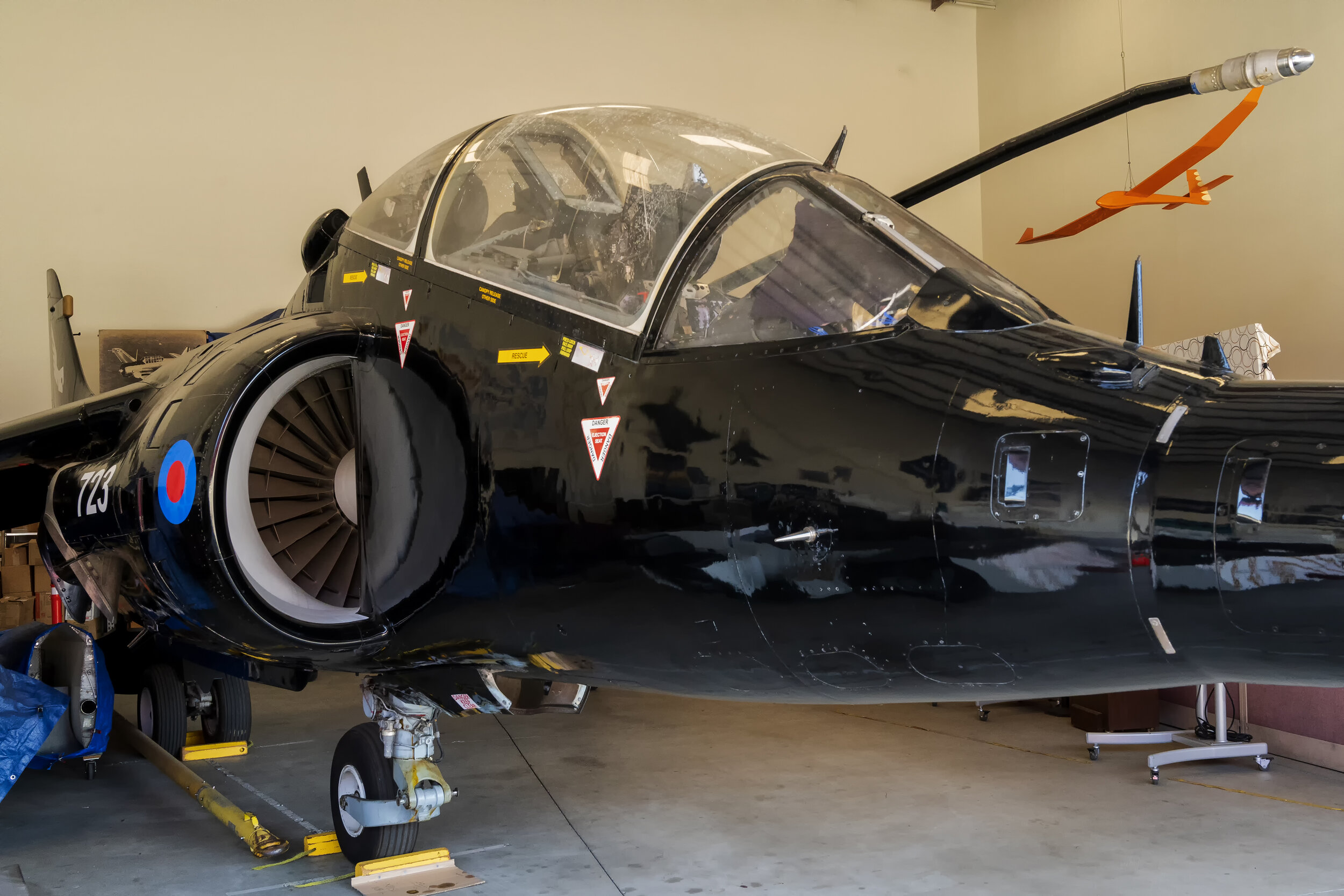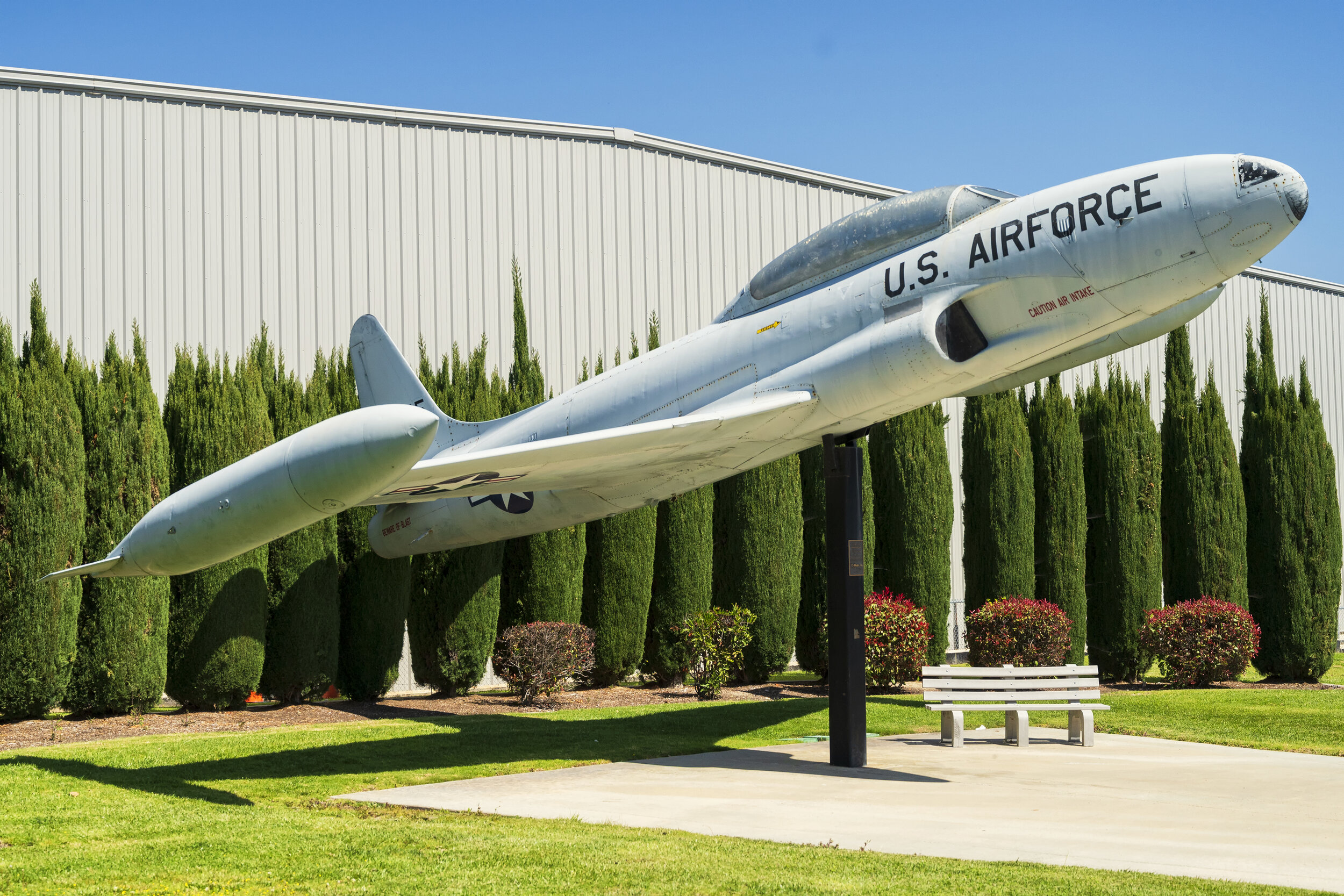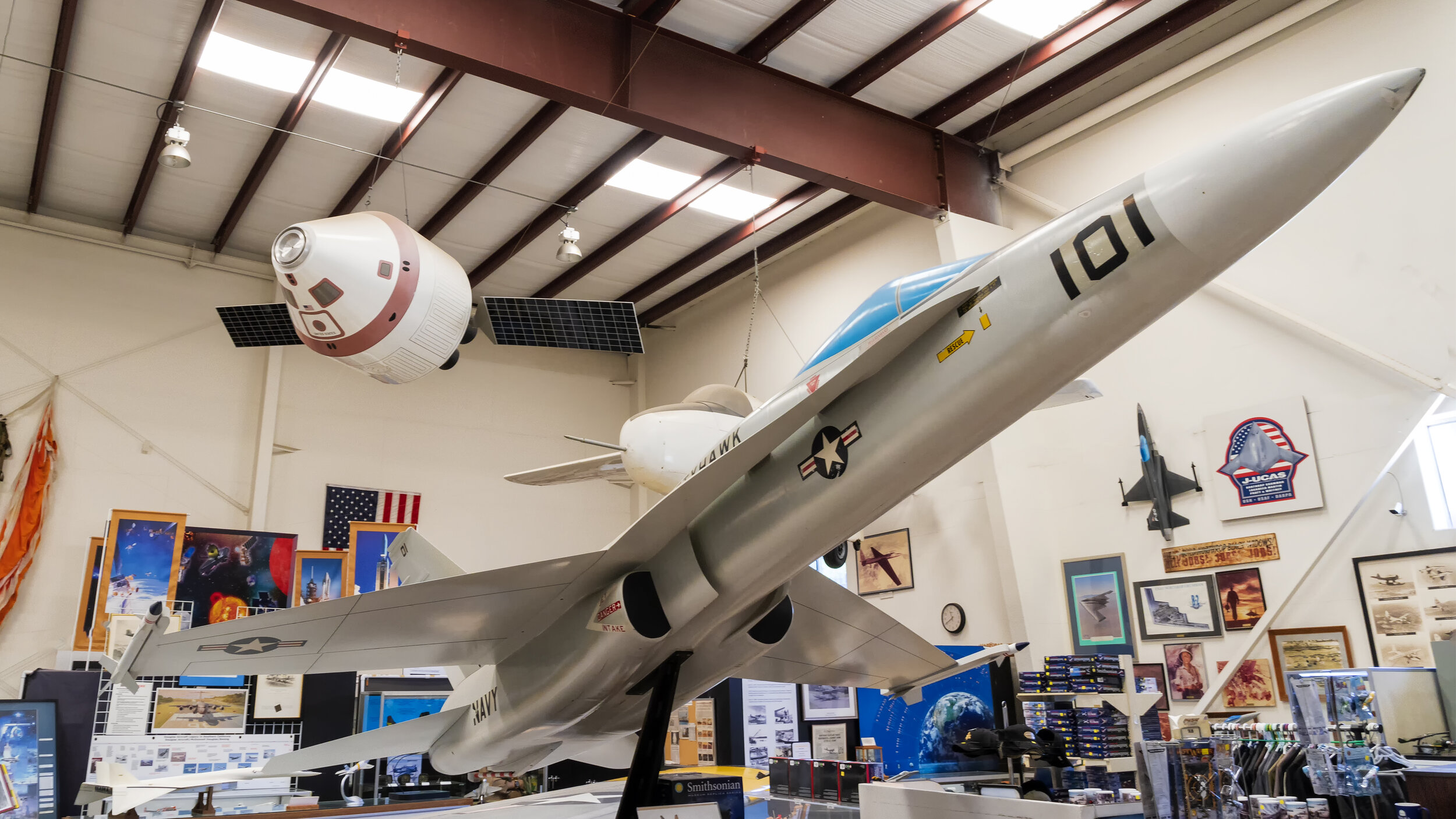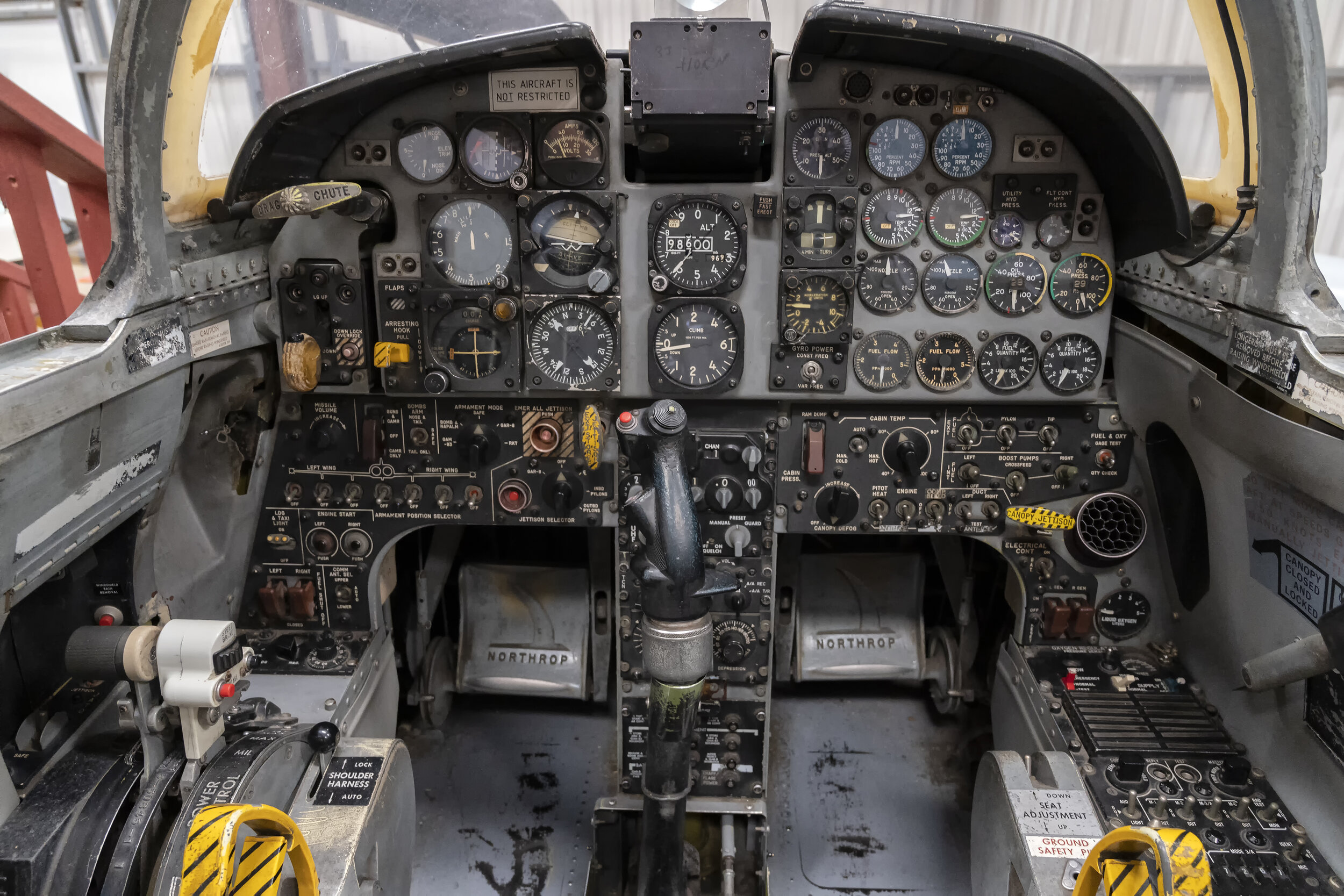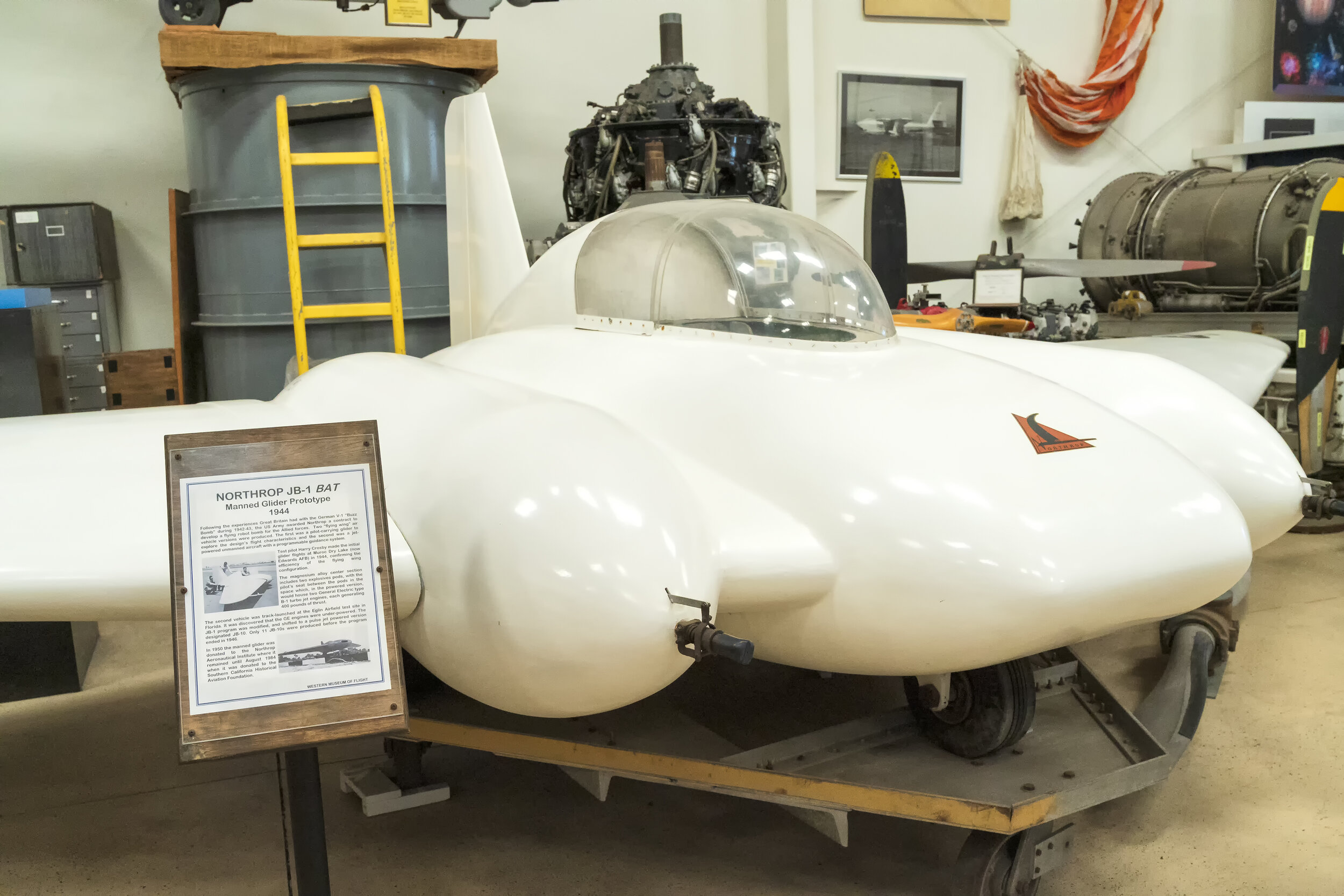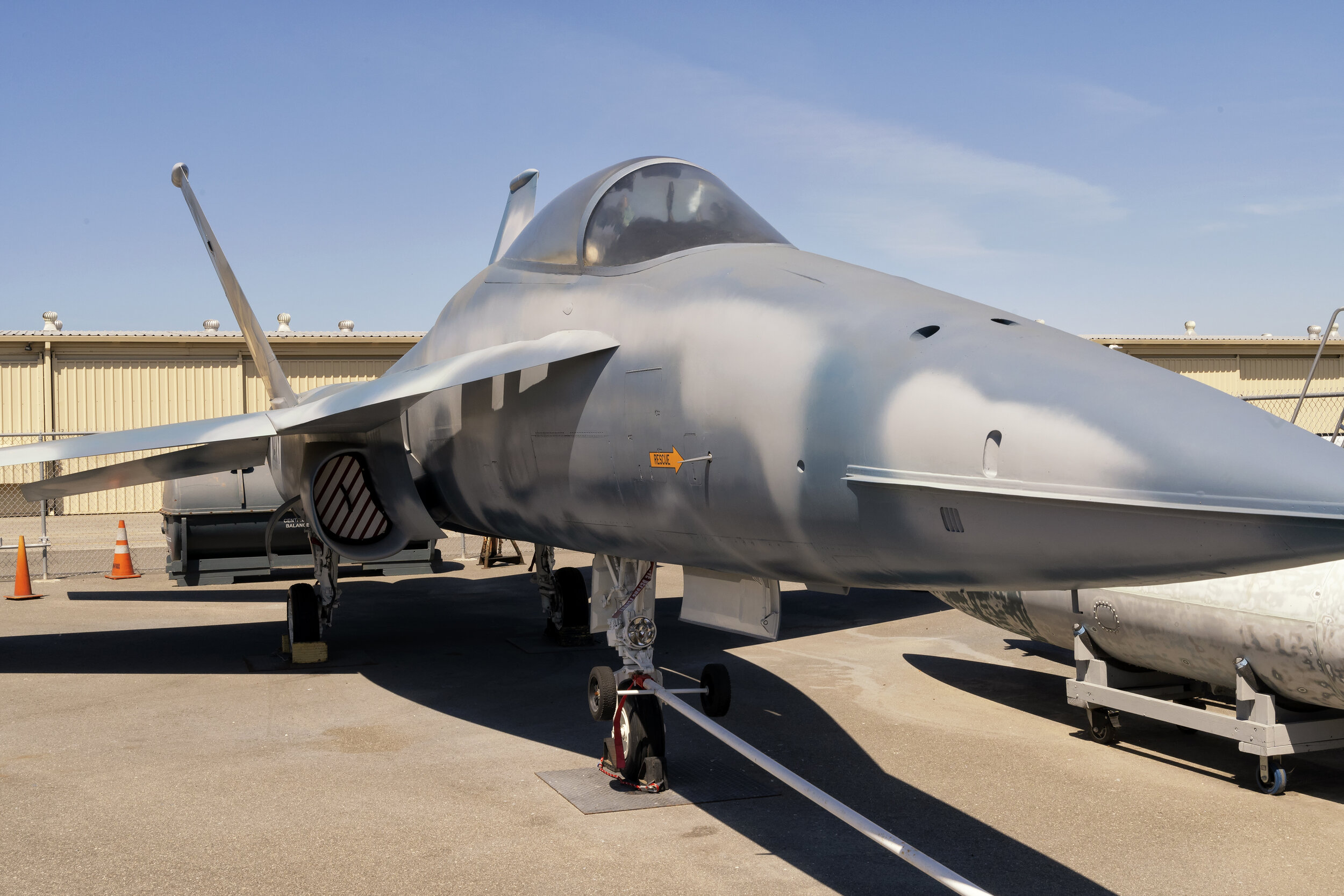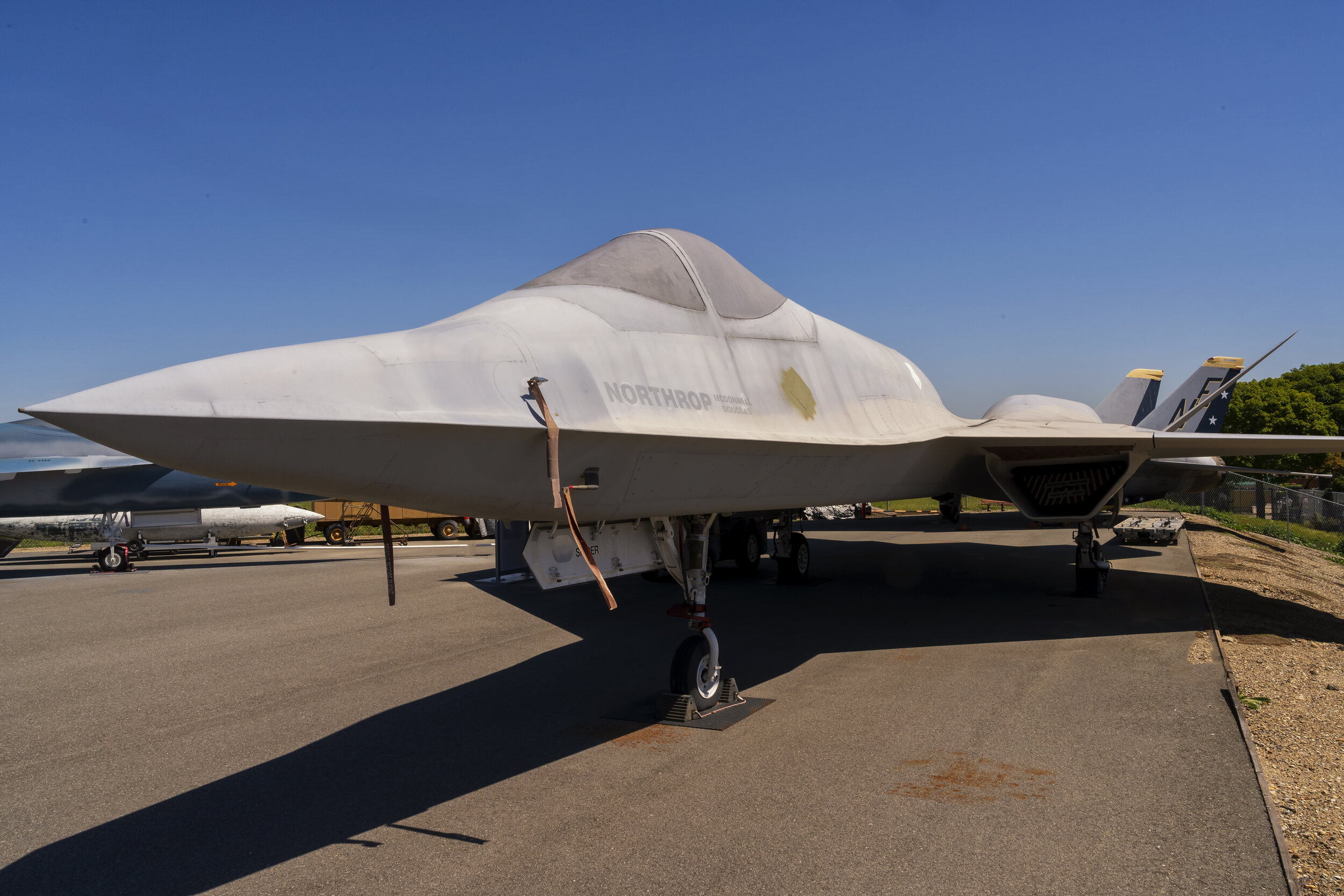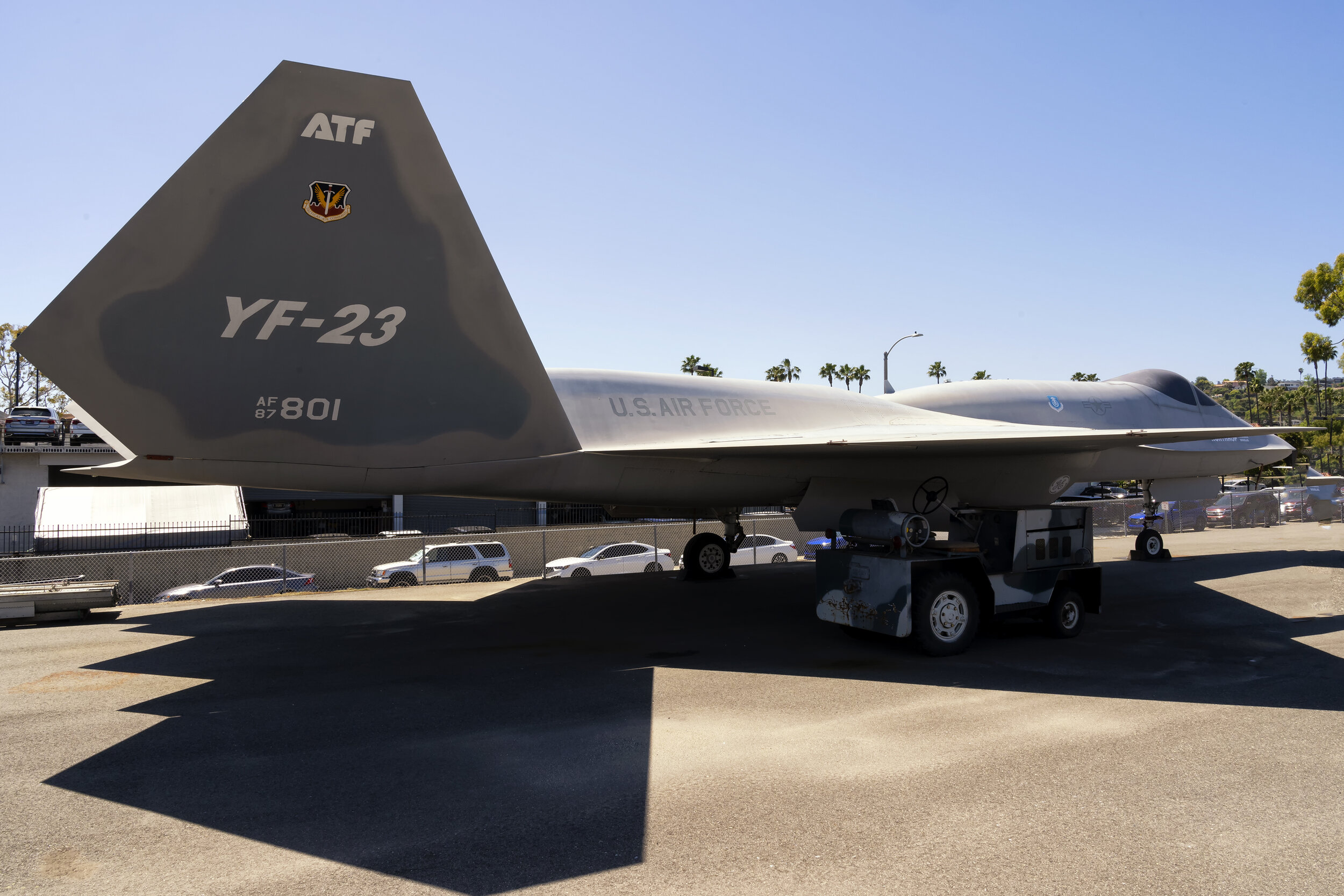Treasuring the Past with An Eye on the Future By Steve Tabor
Treasuring the Past with An Eye on the Future
By Steve Tabor
There is little doubt that Southern California has played a significant role in aerospace history. Much of that can be traced to the South Bay and other areas of Los Angeles County. The first airshow in the United States was held on a hilltop on a parcel of land that was once included in a Spanish Land Grant known as Rancho San Pedro and later developed by Manuel Dominguez.
Since then, the South Bay and other Los Angeles County-based aircraft companies and their subcontractors developed aircraft that sparked and advanced commercial aviation, military aircraft that fought the Axis powers in World War II and in later conflicts and produced jet aircraft that could fly at supersonic speeds. In addition, they have played a vital role in our nation’s manned and unmanned space program.
Motivated to preserve this rich history, a small group of individuals including Ms. Cynthia Macha, Executive Director, and other members of the aircraft community created the Western Museum of Flight. Originally, the Museum was housed in a set of hangars at the Hawthorne Airport. Prior to and during World War II the Hawthorne Airport served as the home for Northrop Aircraft Company. However, when the City of Hawthorne decided to embark on a modernization project for the airport, the Museum was forced to find a new location. After following a number of leads, Ms. Macha is grateful that the City of Torrance recognized the value of preserving our rich aviation history and offered the Museum space at the Torrance Airport.
Although the museum is housed in three small hangars near the Control Tower at Zamperini Field and an open space area on the east end of the airport, its collection of static aircraft and other aviation artifacts span aviation and aerospace history from the 1920’s to the present. Some of the most recognizable aircraft in their collection are the Grumman F 14 Tomcat, featured in the movie “Top Gun”, a Douglas Aircraft Co. A 4 Skyhawk, similar to the aircraft flown by deceased U. S. Senator John McCain and Northrop’s YF 23 Black Widow II Stealth Fighter. The only other YF 23 in existence is housed in the National Museum of the U. S. Air Force in Dayton, Ohio. A British built Hawker Siddeley Harrier, a vertical takeoff and landing jet with the British Royal Navy markings is also on display.
Ms. Macha indicates that Museum has cooperative agreements with the California Science Center and the U. S. Government that allows them to house many of the aircraft on display.
Inside the Museum, the aviation artifacts include the JB 1 Bat that was a single seat glider built by Northrop Co. Mr. Jack Northrop’s design was inspired by the glider designs produced by two German brothers, Walter and Reimar Horten, in the 1930’s. Other displays include the nose cone, mooring mast and tail fin from the recently retired Goodyear Blimp. One of the most favorite exhibits is the open cockpit of the Northrop F 5 Freedom Fighter. Children are allowed to climb into the cockpit and take the stick of a fighter that is in the inventories of many armed forces around the world.
The Museum is not just about static displays and artifacts. One Saturday a month, guest lecturers bring history to life or shed insights into special topics in aviation. Prior to the COVID-19 closure, Retired Rear Admiral Sandra Adams was scheduled to lecture on the role of women in the United States armed forces.
In addition to its Saturday lectures, the Museum has created a You Tube Channel which feature videos on a number of topics involving aircraft and other aviation related topics.
The Museum is currently involved in a restoration project involving the Grumman F 14 Tomcat. Other projects include the preservation of other aircraft housed at the Museum.
This museum is not just a treasury of the past, Ms. Macha indicates that the Museum is involved in a Science, Technology, Engineering and Mathematics (STEM) education program and they welcome the participation of students in any grades from Kindergarten through 12th grade. The Museum’s Kids Love Aviation Science (KLAS) program includes interactive activities that are designed to inspire the students by engaging them in critical thinking activities focusing on principles of engineering, physics and flight. During the summer, the program is integrated into the Beyond the Bell Program with surrounding schools from the Los Angeles Unified School District.
The museum relies on a corps of 40 volunteers from a variety of backgrounds since there is only one full-time staff member. Most of the docents are aerospace industry volunteers. Betty and Jarel Wheaton, Palos Verdes Peninsula seniors, video all of the Celebrity Lectures for airing on the local cable outlets as well as viewing on the world wide web. Other volunteers possess a variety of skills and expertise that are critical to the Museum’s programs and success.
Ms. Macha indicates the Museum relies on donations from a variety of sources. Some of the area’s businesses such as the Northrop Grumman Federal Credit Union, Malaga Bank and others. The Patron Society has provided generous support. But, Ms. Macha stresses the importance of Museum memberships and other individual donations.
Ms. Macha points out that the Museum is a great place for families to discover and learn about the past, present and future of aviation and space exploration.
The Museum is currently closed due to COVID-19, but will re-open following the lifting or modifications to COVID-19 restrictions.
The Museum is located at 3315 Airport Drive, Red Baron #3 in Torrance. Its normal hours of operation are 10:00 a.m. to 3:00 p.m. Tuesday through Sunday. Admission is $5.00 per person, but children under 12 years of age are free. There are various levels of membership that provide benefits related to admission, special programs and other activities.
Steve Tabor Bio
This South Bay native’s photographic journey began after receiving his first 35 mm film camera upon earning his Bachelor of Arts degree. Steve began with photographing coastal landscapes and marine life. As a classroom teacher he used photography to share the world and his experiences with his students. Steve has expanded his photographic talents to include portraits and group photography, special event photography as well as live performance and athletics. Steve serves as a volunteer ranger for the Catalina Island Conservancy and uses this opportunity to document the flora and fauna of the island’s interior as well as photograph special events and activities.
Watch for Steve Tabor Images on the worldwide web.



